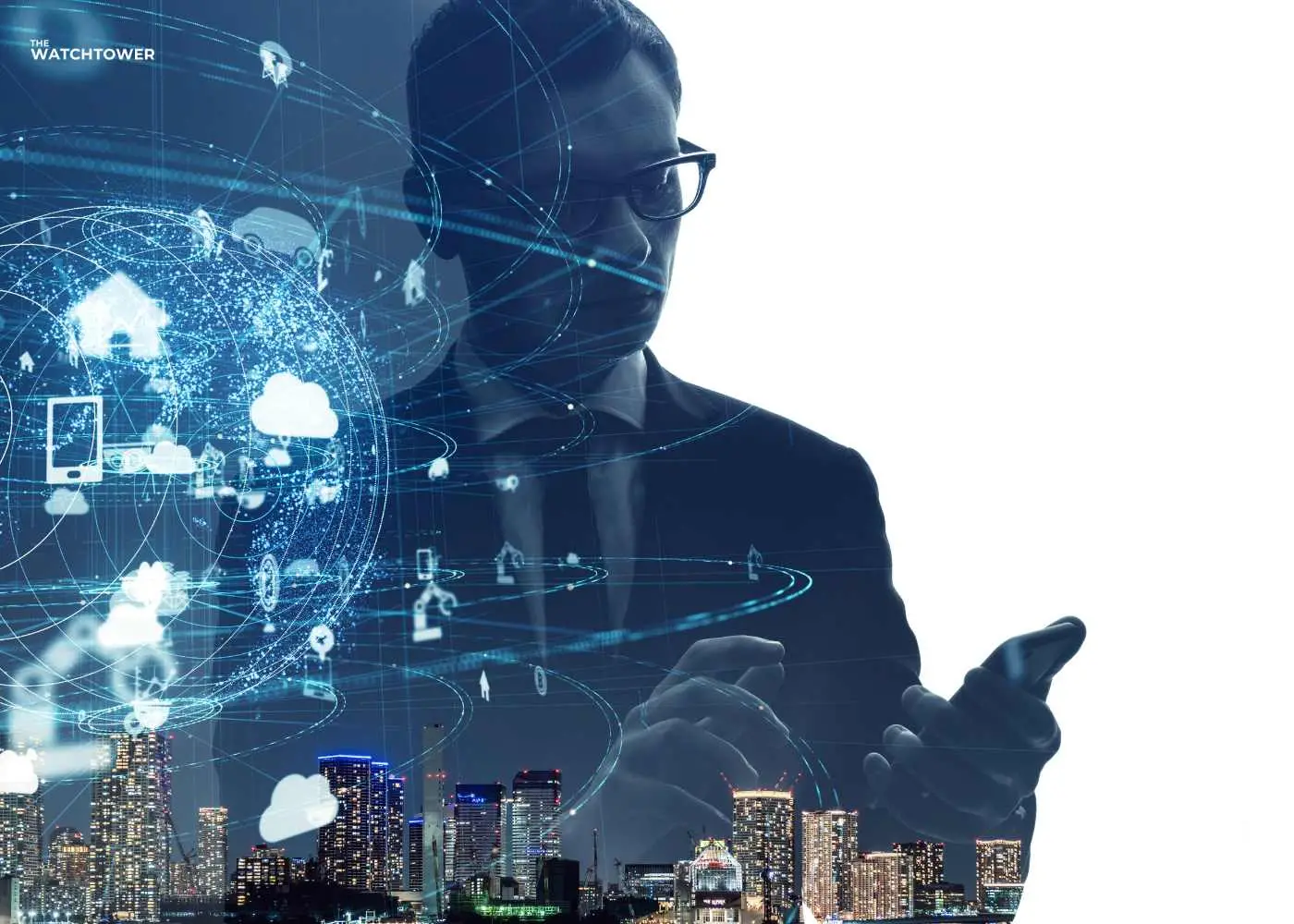By connecting these devices to the internet, people can collect data about them that can be used to improve their lives. This blog post will discuss IoT Architecture's benefits and its importance!
Why Is IoT Architecture Important?
When used correctly, IoT Architecture can significantly impact people's lives. Here are some benefits people get from IoT Architecture in their daily lives.Increased Efficiency
One of the main benefits of IoT Architecture is that it can help people to be more efficient in their lives. This is because IoT devices can share data with people. This data can be used to improve the efficiency of tasks that people do every day. For example, if a person knows their fridge is running low on milk, they can add it to their grocery list before leaving the house.
Improved Communication
Another benefit of IoT Architecture is that it can improve communication between people and devices. In some cases, IoT devices are equipped with sensors that can detect when something is wrong. For example, a smoke detector in a home can send an alert to the homeowner's phone if there is a fire. This way, people can stay safe and avoid potential disasters.User-Friendly Devices
IoT devices are designed to be user-friendly. This means people can use them without worrying about complex technical problems. IoT devices are also often designed to be controlled by people's voices. This hands-free control makes it easy for people to use IoT devices, even when busy with other tasks.IoT Architecture is crucial because it offers many benefits to people's lives. IoT devices can increase efficiency, improve communication, and be controlled by voice. These features make IoT devices user-friendly and helpful in many different situations.
IoT's Growth And Its Effects On The Future Of Businesses
IoT Architecture also affects businesses. Many businesses are using IoT devices to increase efficiency and improve communication. As more and more devices become connected, businesses will need to find ways to integrate these new technologies into their operations.The growth of IoT will impact businesses in several ways, both directly and indirectly. Here are some examples of how companies are using IoT devices.

Better Customer Understanding and Improved Customer Service
One of the direct impacts of IoT is that businesses will better understand their customers. Businesses can obtain insights into customer behaviour and preferences by collecting data from connected devices. This will allow businesses to improve their customer service by tailoring their offerings to meet the needs of their customers.In addition, businesses can use this data to proactively address customer issues before they become problems. For example, if a company knows a customer's car is low on gas, they could send a coupon for a discount at a nearby gas station.
Tracking Inventory And Personnel
Another way businesses will be affected by IoT is by tracking inventory and personnel. IoT devices can be used to track the location of inventory and personnel in real-time. This information can be used to improve the efficiency of business operations. For example, if a business knows a product is low in stock, they can re-order it before it runs out entirely.In addition, businesses can use IoT devices to track the location of their employees. This information can be used to improve safety and security within the workplace. For example, if an employee is working late at night in a remote location, their employer will know their exact location and can check on them periodically.
Increased Efficiency and Productivity
Another direct impact of IoT is that it can help businesses increase their efficiency and productivity. For example, a manufacturing company can use IoT sensors to track the performance of its machinery. This data can be used to identify when machines need maintenance or repairs, which can help reduce downtime and improve overall productivity.In addition, IoT can be used to automate tasks that are currently manual. For example, an office building could use IoT sensors to automatically turn off lights when no one is in the room. This would save energy and reduce costs for the business.

New Business Models and Revenue Streams
IoT will also enable businesses to create new business models and revenue streams. For example, a transportation company could collect data from connected vehicles to sell to insurance companies. The data could help insurance companies better understand risk and set premiums.In addition, businesses could create new subscription-based services. For example, a company that manufactures connected thermostats could offer a monthly service to monitor and adjust the temperature in customers' homes.

All Comment 0
Login to post a comment
No comments yet
Be the first to drop a comment